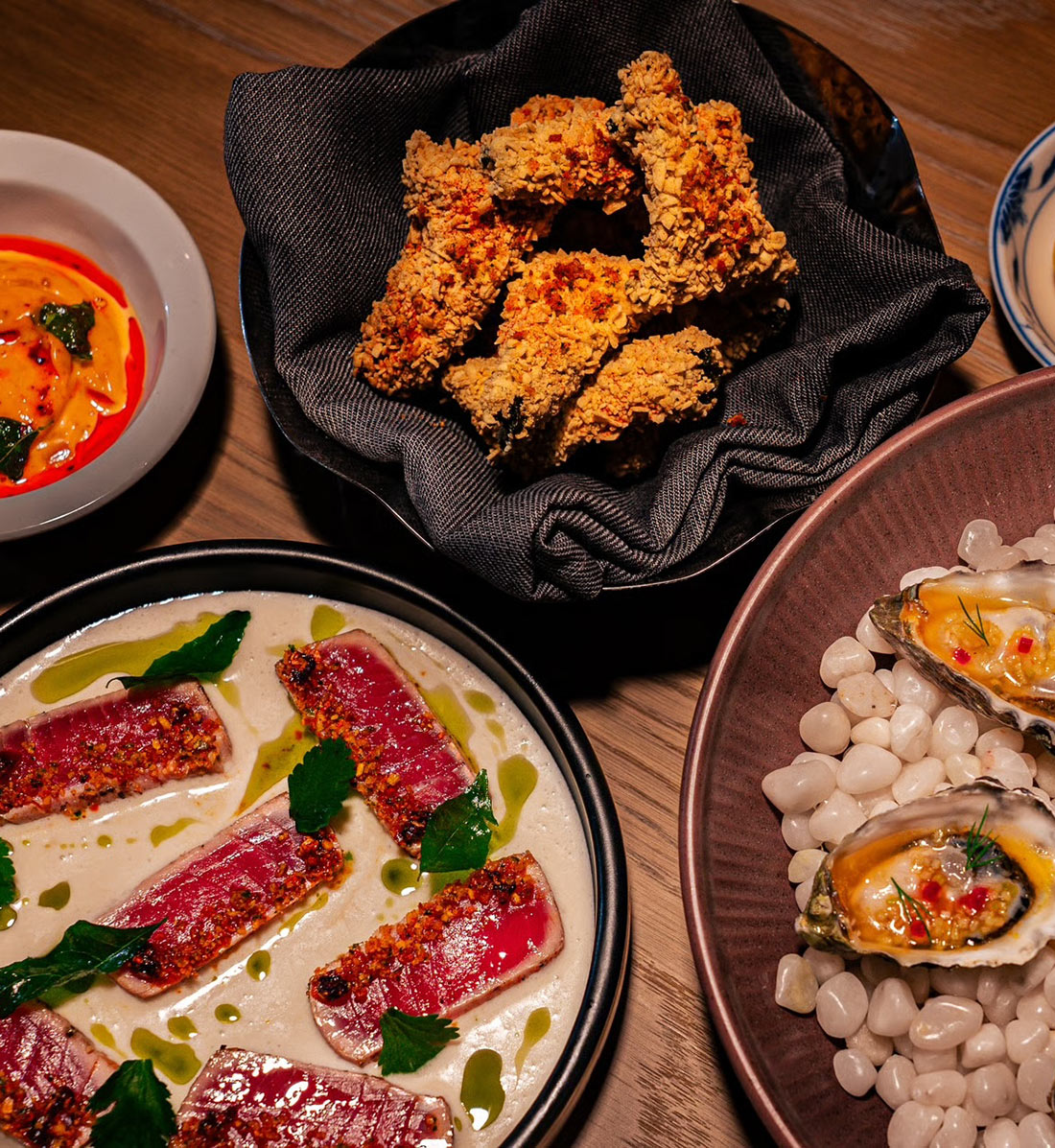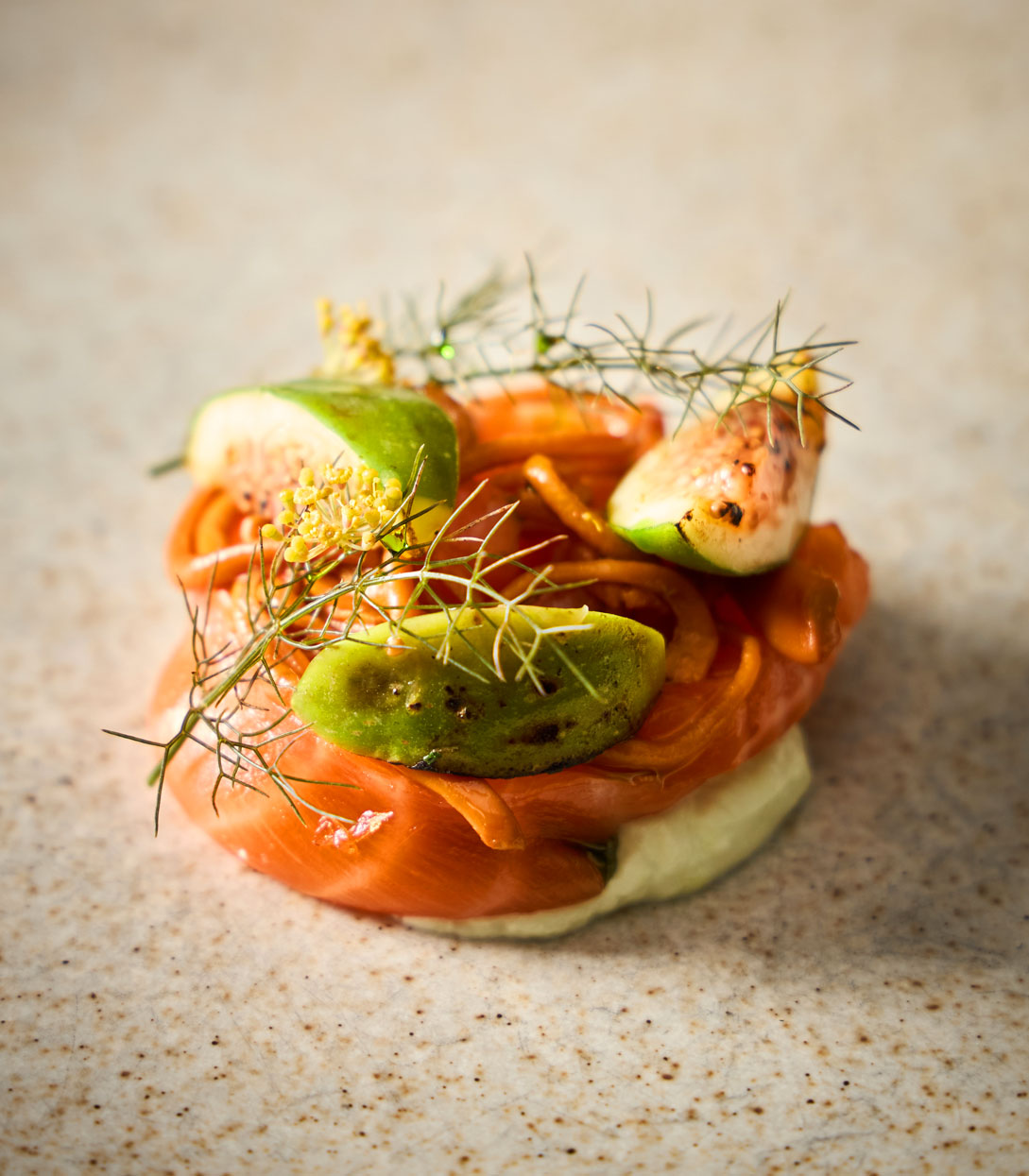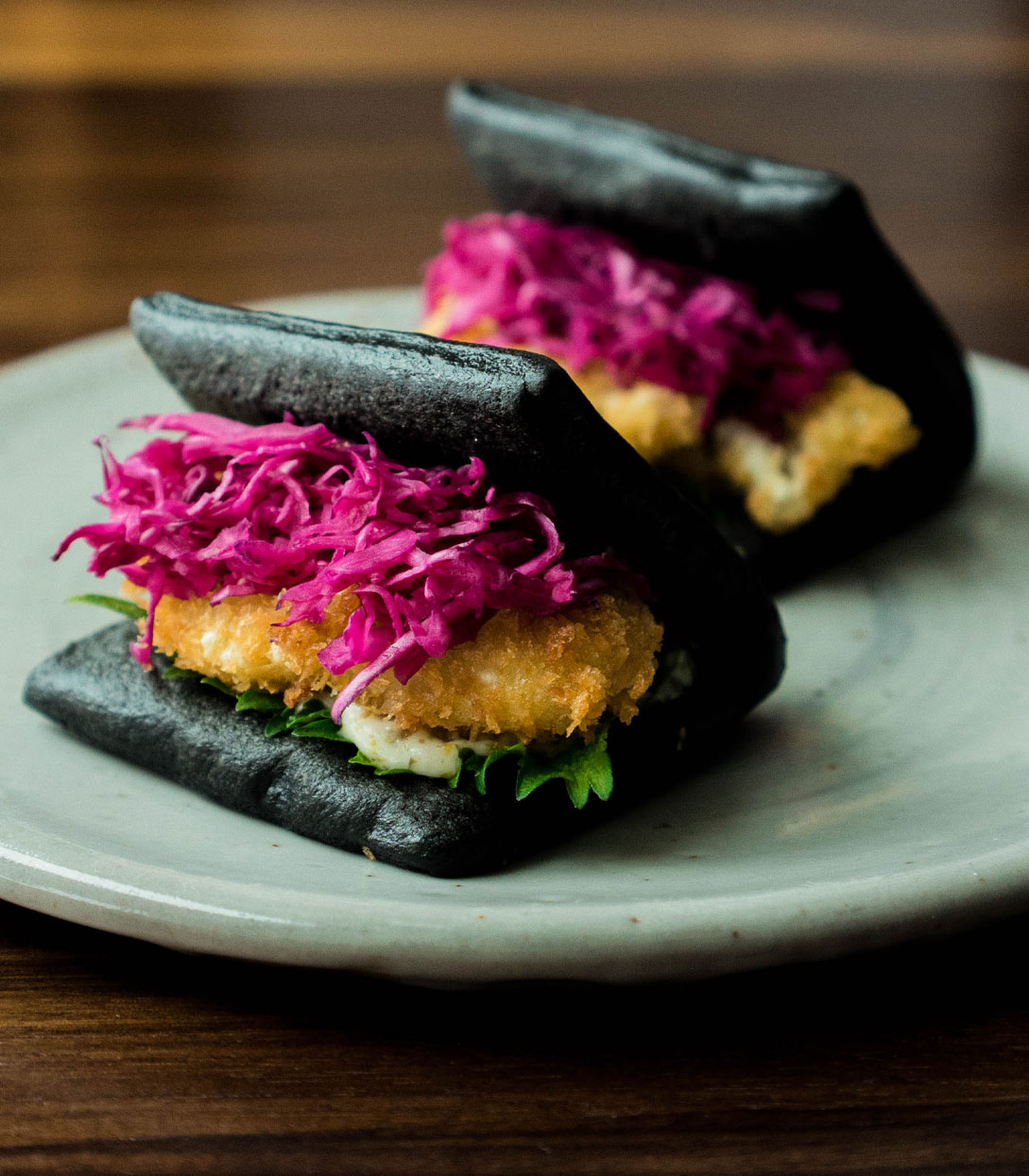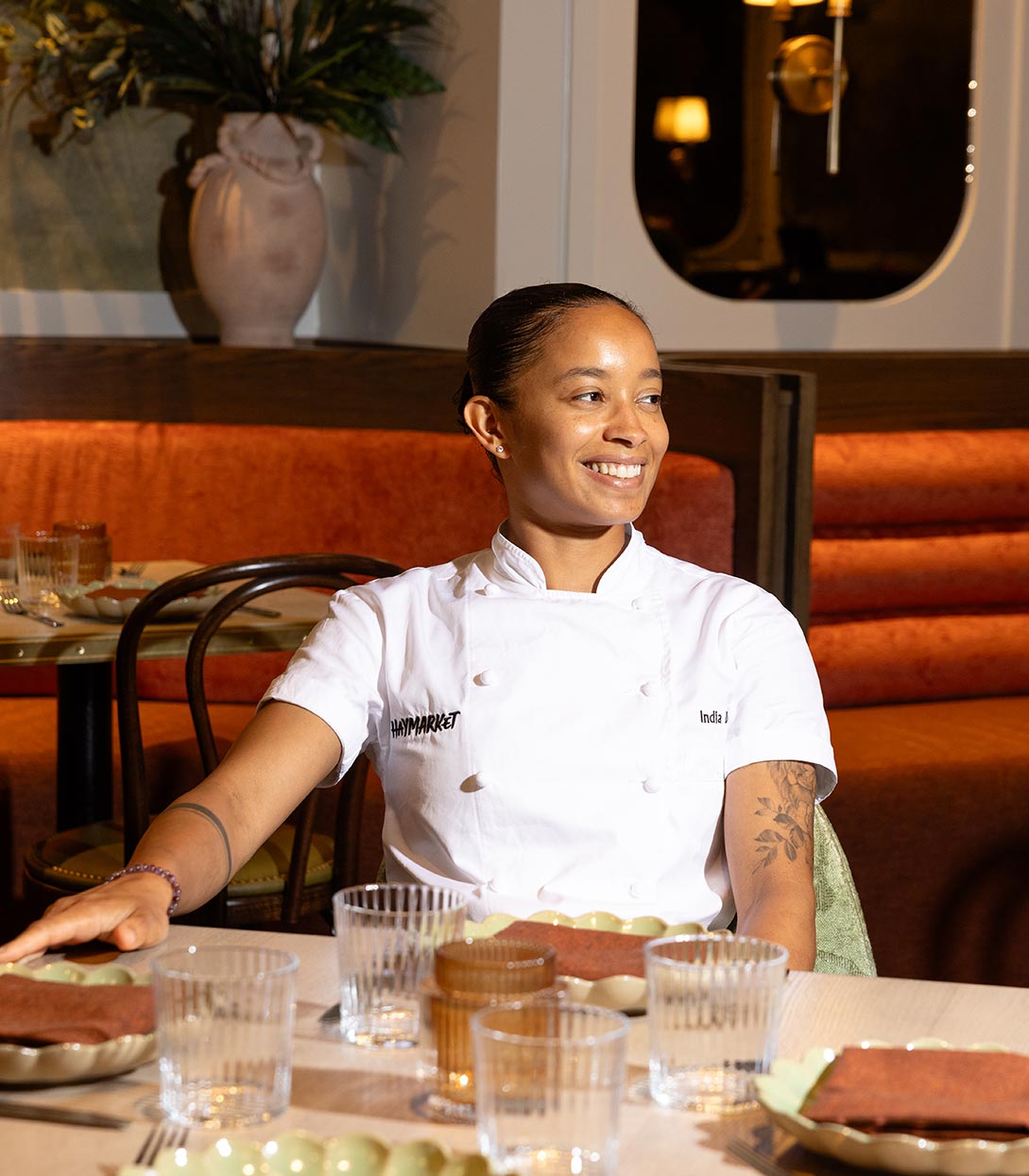One of Japan’s most celebrated styles of seasonal, multicourse dining––omakase sushi, the typically high-end chef’s choice seafood and rice-rooted meal––is having a moment here in the U.S. While America is home to countless sushi counters, over the last decade, New York City in particular, has become ground zero for renowned restaurant groups and chefs to decamp from the Land of the Rising Sun to pursue excellence in one of the world’s most iconic dining cities.
And despite what feels like the ubiquity of omakase sushi right now in major U.S. cities, the chef-directed meal can still overwhelm neophytes thanks to its unsaid, traditional customs. It’s true that omakase sushi meals can range from casual affairs with Biggie beats in the background, to more reserved Michelin-Starred engagements in which customers eat in near-silence. And while the below rules of thumb certainly apply to spendy sushi experiences, most chefs will appreciate if their diners respect the below.
Read on for 14 tips from some of America’s most acclaimed omakase sushi chefs that will make you look like an omakase pro.
1. Arrive On Time
“Late guests disrupt the flow of [an omakase counter’s] communal seating, an important part of the dining experience. If the seating starts without you, the chef will likely not serve you courses that you’ve missed. While it’s not necessary to arrive more than five minutes early (as is often the case in Japan), guests should work extra travel time into account for possible delays.”
2. Dietary Restrictions
“Communicate dietary restrictions when you book your reservation. Omakase menus are highly seasonal, with ingredients carefully sourced to match the exact number of counter seats. Substitutions are therefore highly limited and must be planned in advance. Every restaurant has different policies around dietary restrictions, so guests should always check in ahead of time to ensure that their party’s allergies and/or preferences can be accommodated.”
-Nozomu Abe, Sushi Noz, New York

3. On Cell Phones
“Many high-end sushi places [have] very sensitive wooden counters. Don't put your cellphone (or keys, bags, and other items) on the counter directly. Ask if the restaurant has a tray or napkin. Most importantly, don’t ever place a bag on the counter––it’s very rude.”
4. On Oshibori Hand Towels
“Usually, restaurants prepare two types of oshibori. The first one is a welcome oshibori [to clean one’s hands before the meal], and the second one is for sushi [to refresh one’s fingers between nigiri]. After using the first oshibori, we recommend that you place it back on the tray neatly. Sometimes, we see customers put it back messily, or put it on the counter directly. Also, the tray upon which an oshibori is presented is just for the hand towel. So don't put any leftover food on it, please.”
5. On Chopsticks
“We know that most countries place chopsticks and silverware on the right side, vertically, of a place setting. However, Japanese style is different: we place chopsticks horizontally close to the diner. And we serve food in front of the chopsticks. Please leave enough space for servers or the chef to place food in front of chopsticks. Sometimes, we see people put chopsticks far away from themselves, and there is no space to place food. We feel very awkward to put foods behind chopsticks. It is always you, chopsticks, and then food.”
-Shunji Nakao, Shunji, Los Angeles

6. Eat With Your Hands
“We suggest that diners pick up the sushi with their hands as the rice is molded ever so gently and can break with chopsticks––and eat it in one bite. We adjust the nigiri size if it’s too big for the given diner, as it’s commonly done in Japan.”
7. On Gari
“A chef offers ginger as a palate cleanser in between sushi bites, not an additional snack. But we will refill if you do like it.”
-Mike Collantes, Soseki, Florida

8. Speak Softly
“Do not talk loudly or make phone calls at the sushi bar because it is a communal setting.”
9. Finish Your Nigiri
“Do not take partial bites of sushi. Do not eat only the fish or reduce the amount of rice on your sushi plate. If you do not want rice or would prefer less rice, please ask the chef.”
10. On Photos
“Do not move your sushi plate for photos or for any other reason.”
11. On Kanpai
“Do not ‘kanpai’ or 'cheers’ sushi. Please save that for beverages.”
-Shion Uino, SHION 69 Leonard Street, New York

12. Eat Immediately
“Maybe the most important tip when eating sushi, you should eat it quickly. The nigiri/sushi is made at the perfect temperature, so it is important that it is eaten quickly.”
-Kazushige Suzuki, Icca, New York

13. No Smoking
“Do not smoke before or during service as to not interfere with the other patrons’ experiences, and hinder your own sense of taste and smell.“
14. No Perfume
"Please refrain from wearing overpowering perfume that will mask the subtle fragrance and taste of the sushi."
-Eiji Ichimura, Sushi Ichimura, New York





















